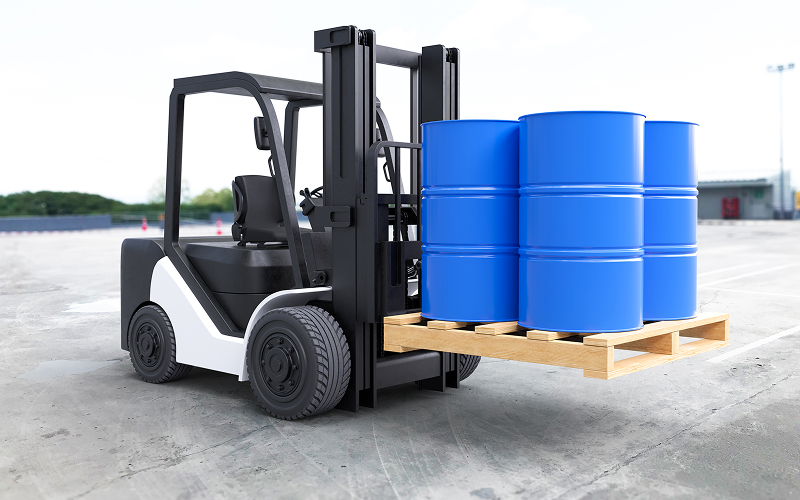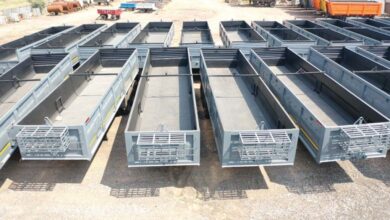
Spill Containment Pallet in Singapore: 4-Drum Pallet Secrets
In workplaces that handle chemicals, oils, or hazardous liquids, safety is a regulation and a survival strategy. A single spill can lead to contamination, accidents, or costly downtime. That’s why equipment such as the spill containment pallet in Singapore has become essential for industries managing hazardous materials. From workshops to warehouses, these pallets prevent leaks from spreading while keeping the workplace compliant and safe. Among them, the 4-drum spill pallet stands out as a reliable workhorse, balancing capacity with practicality. But what does it take to use them effectively? Who has shaped the conversation on spill safety, and how are perspectives shifting on workplace responsibility?
Making Pallets Work for You and Your Workplace
A spill containment pallet in Singapore is essentially a safety net. But its benefits are maximised only with proper use and upkeep. Routine inspection is the first step. Checking for cracks, warping, or weakened sections ensures the pallet retains its integrity during heavy use.
For a 4-drum spill pallet, which often supports significant weight, even small damage can lead to bigger risks. Regular cleaning is equally important. Residues from spills may corrode surfaces or create slip hazards for staff, so rinsing and disinfecting pallets after use should be part of the standard workflow.
Another tip involves training employees to position drums correctly. Overloading or uneven placement reduces stability and can cause leaks to spread. Simple practices like securing lids tightly and using compatible containers extend the effectiveness of the pallet.
Shaping Spill Safety Standards
Behind every safety measure are individuals and organisations pushing for change. In the case of a spill containment pallet, influential figures include environmental regulators, industry leaders, and safety engineers who recognised the risks of unmanaged spills.
Globally, agencies such as the US Environmental Protection Agency (EPA) set early benchmarks for secondary containment, creating ripple effects across industries worldwide. In Singapore, workplace safety authorities and sustainability advocates have stressed the importance of containment tools to reduce environmental hazards. These figures influence regulation and perception, transforming spill pallets from optional extras into non-negotiable essentials.
Industry pioneers, particularly in the oil and chemical sectors, also play a role. By adopting and promoting best practices, they act as role models for smaller businesses. The widespread use of the 4-drum spill pallet is an example of this. Larger companies normalised it, encouraging wider adoption across industries.
Safety trainers and workplace consultants also deserve recognition. By educating teams on proper usage, they ensure pallets are purchased and effectively deployed. These figures, though less visible, directly influence the everyday success of containment strategies.
From Compliance to Culture
A decade ago, spill containment was often seen purely as a compliance box to tick. Companies bought equipment to avoid fines rather than out of genuine commitment to safety. But perspectives are changing. Businesses now recognise that tools like the spill containment pallet Singapore do more than satisfy regulations.
The 4-drum spill pallet in particular reflects this shift. It’s about the capacity and reliability in preventing widespread contamination. Companies increasingly see these pallets as investments, not expenses. They’re part of a larger cultural movement where safety is woven into operations.
Another change in perspective comes from employees themselves. Workers are more aware of their rights and more vocal about unsafe conditions. This pressure from the ground up pushes management to treat safety seriously. With training and visible investment in equipment, employees feel valued, which in turn boosts morale and productivity.
This cultural shift highlights a broader truth: safety equipment is no longer viewed as silent infrastructure. It’s part of the conversation around corporate responsibility, environmental stewardship, and employee well-being.
Small Tools, Big Impact
Spill containment may not sound glamorous, but its impact is immense. From daily self-care practices like inspection and cleaning, to the influential figures shaping industry standards, to the changing perspective that places safety at the heart of culture, pallets matter. The 4-drum spill pallet is a safeguard against accidents, environmental harm, and financial loss. In Singapore, as industries evolve and expectations grow, spill containment will remain central to workplace strategy. For businesses, the choice is simple: treat safety as compliance, or embrace it as culture. The latter ensures smoother operations and a workplace where every employee breathes easier knowing risks are under control.
Want to strengthen your safety culture? Start by reviewing your containment strategies with SafetySam today.




